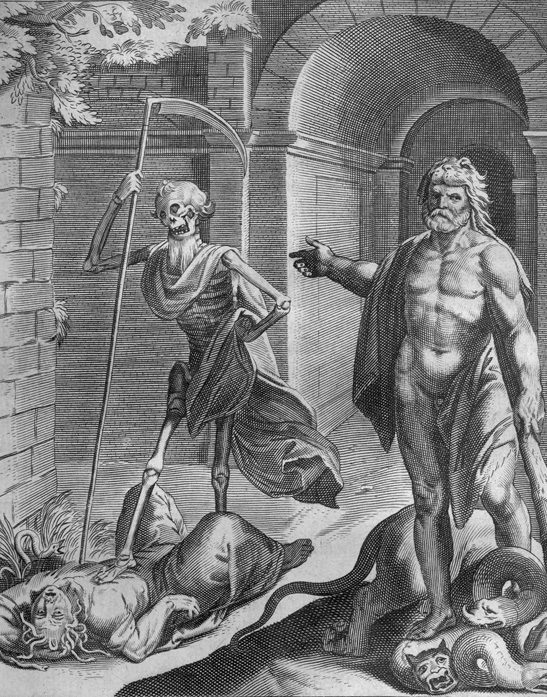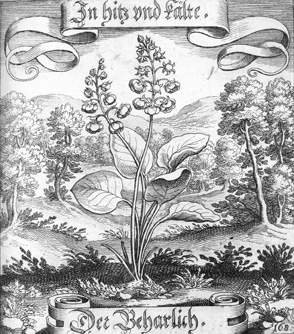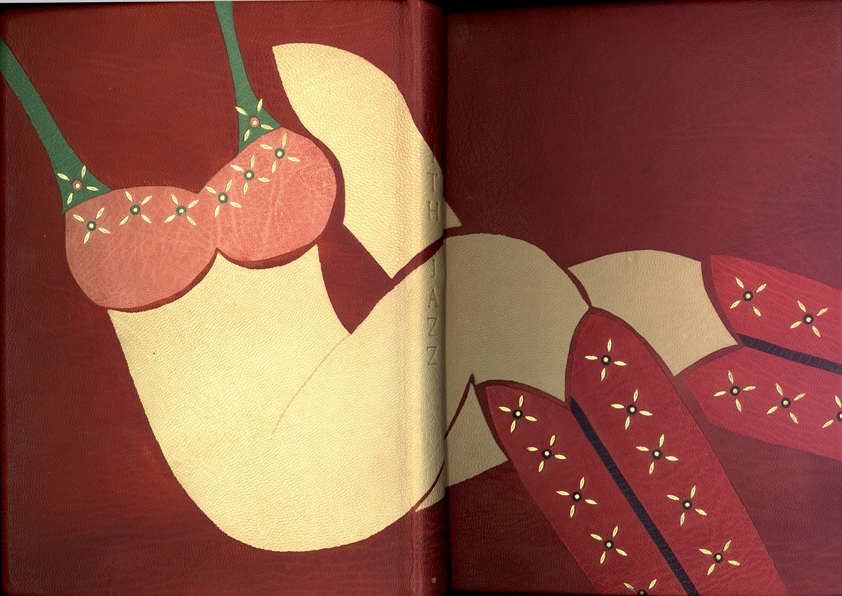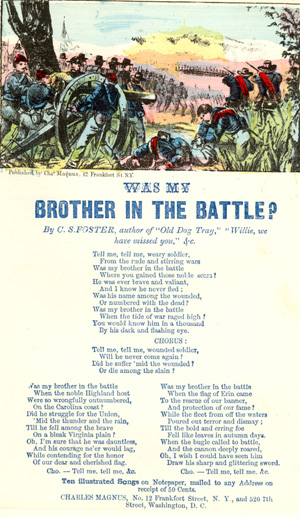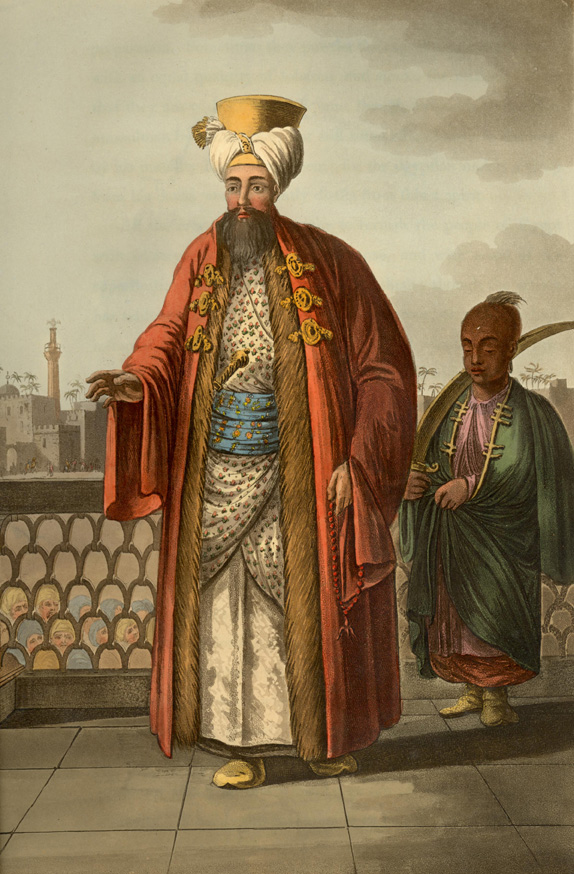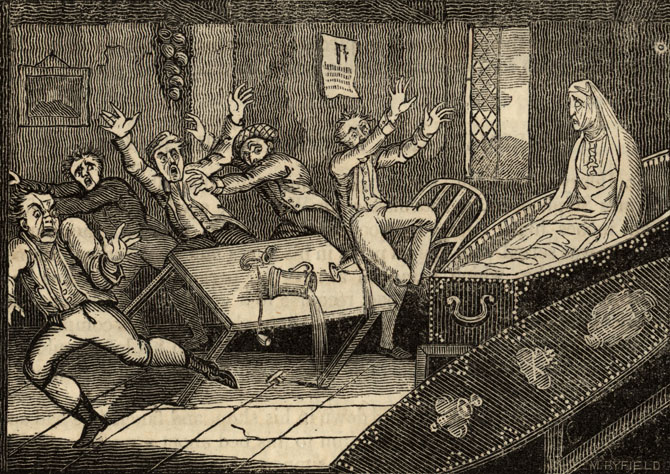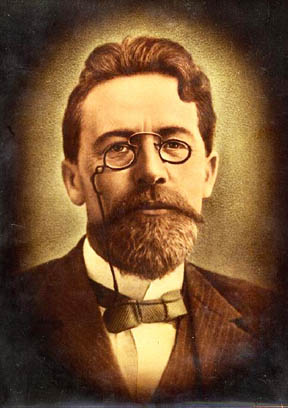By Kevin Grace
 It will be 20 years in June that UC’s high rise dormitory was imploded, an event noted by news media from around the world. UC Magazine marks this two-decade anniversary with a video clip, photos, and eyewitness accounts of a Sunday morning filled with drama and dust: http://magazine.uc.edu/favorites/web-only/sander.html and http://www.youtube.com/watch?v=V5wCl8SrHUI&feature=player_embedded.
It will be 20 years in June that UC’s high rise dormitory was imploded, an event noted by news media from around the world. UC Magazine marks this two-decade anniversary with a video clip, photos, and eyewitness accounts of a Sunday morning filled with drama and dust: http://magazine.uc.edu/favorites/web-only/sander.html and http://www.youtube.com/watch?v=V5wCl8SrHUI&feature=player_embedded.
To learn more about the history of Sander Hall, as well as other buildings on UC’s campuses, contact the Archives & Rare Books Library at 513.556.1959, by email at archives@ucmail.uc.edu, or by visiting our website at www.libraries.edu/libraries/arb/index.html.

